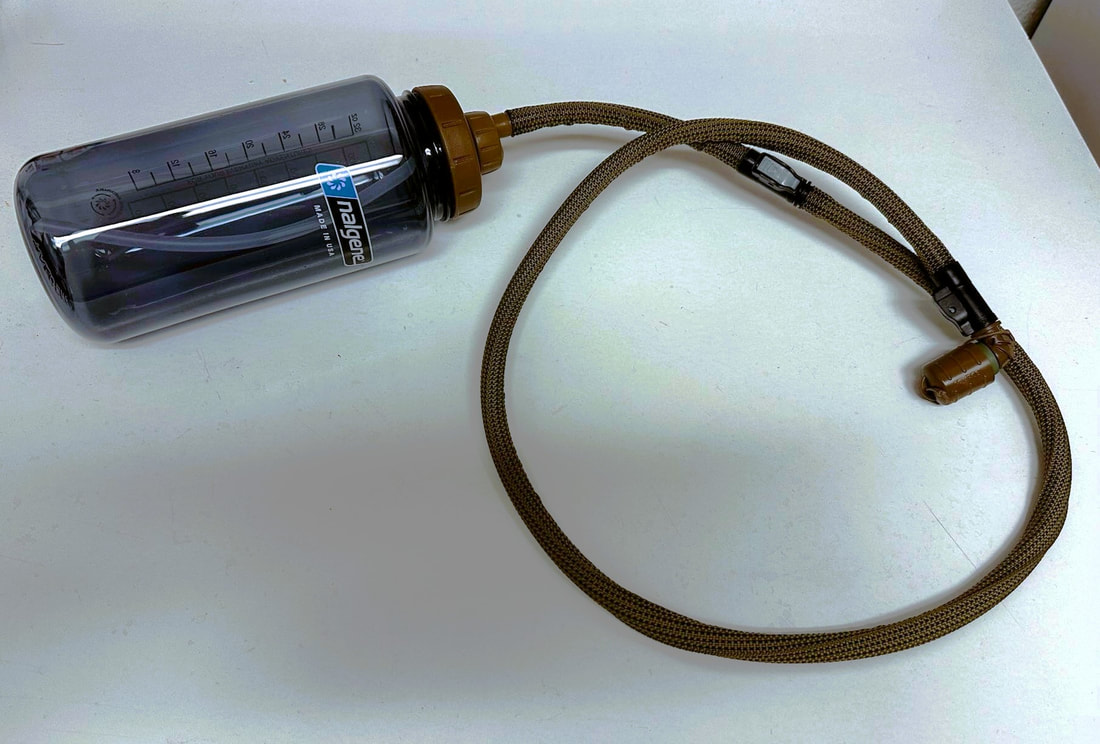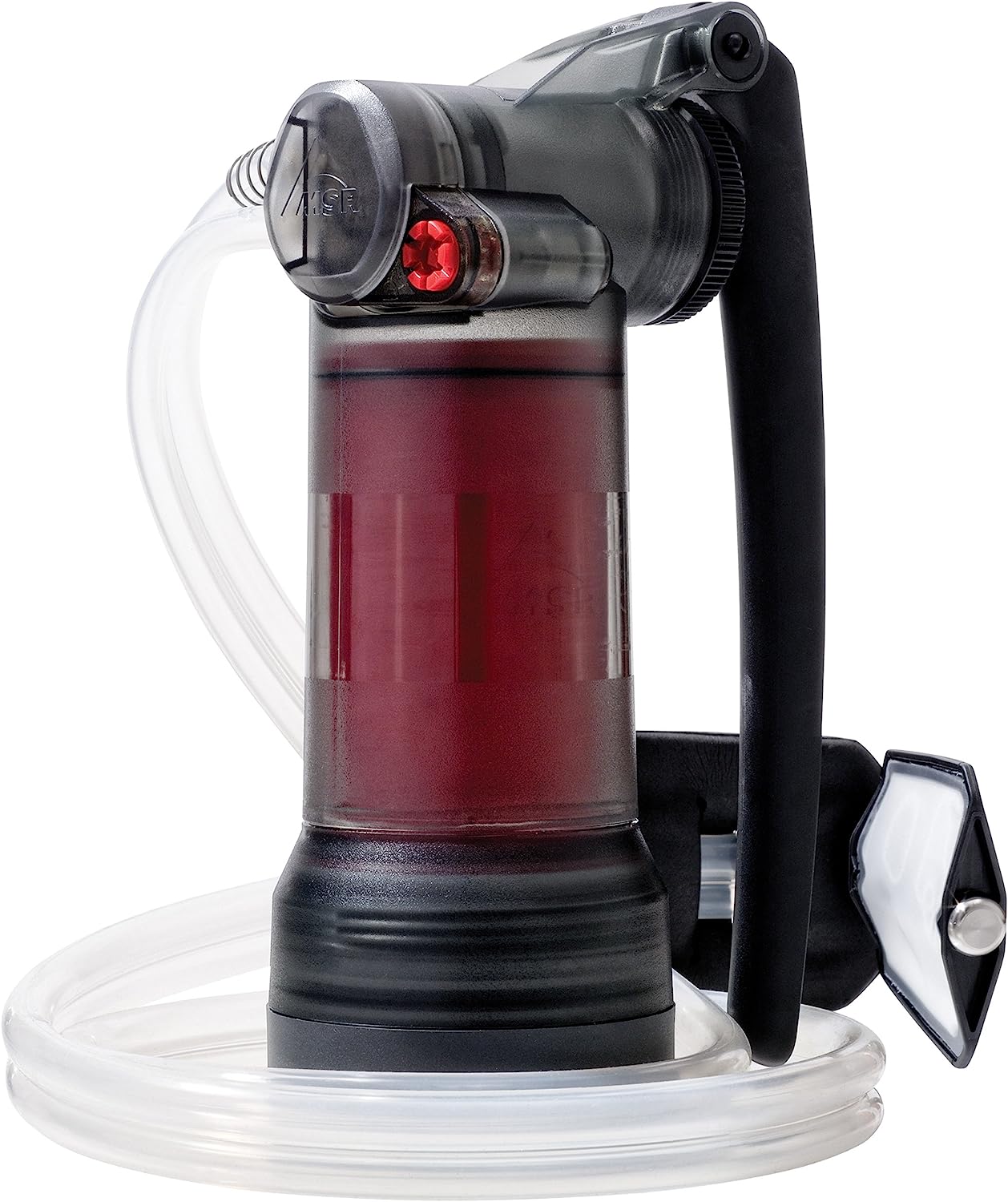|
(Originally published on SurvivalBlog.com) Several weeks ago, Reader L.E. asked how seeds would fare after a nuclear war. That got me researching about growing food after the nukes fly would be complicated. Turns out not much. After a nuclear war, fallout and higher radiation counts worldwide will be a fact of life. The remnants of the fallout will remain acutely in our food chain for a century. Consuming radionuclides (radioactive isotopes) will be unavoidable, but not as catastrophic as some think, and it can be mitigated. Fallout will not be a massive, universal phenomenon as some of the outdated fallout pattern maps from the 1960s show. Airburst weapons do not create any appreciable fallout and as cities are the likely targets, they will be destroyed by warheads detonating a few thousand feet above the city to maximize blast effects. Surface detonations are used against things like missile silos; so if you live near some, watch out. Fallout from surface blasts may travel long distances but will almost certainly be heavily localized near hardened military targets. Long distance fallout or worldwide fallout that is lofted high into the atmosphere will be a universal concern. This radiation will be much weaker as the particles are less dense and have been decaying while airborne. A real-life example is that of the Downwinders who were exposed to atomic testing in Nevada during the ‘50s and ‘60s. Fallout in food is an ingestion hazard of radionuclides (radioactive isotopes) through the food cycle. These radionuclides include isotopes of iodine, cesium, and strontium. Iodine is a short-term hazard whereas strontium and cesium, with their longer half-lives, are long-term hazards. Thyroid and other cancers are the primary pathology. Radioactive material can be ingested in two ways; consuming produce with fallout embedded in it or consuming produce that has absorbed an isotope from the soil. Isotopes Isotopes, or radionuclides, are the radioactive elements within the fallout particles. Decay can take months to lifetimes for many fallout products. Typically the life of an isotope or radionuclide is expressed in half-lives or how long it takes for a radioactive isotope to decay to half of its initial strength. Once the half-life passes, the isotope is still radioactive, but the strength of that radioactivity is considerably diminished. Some isotopes and their half-lives are: Iodine: 22 hour half-life (-133) and 8 days (-131), which is hazardous up to 60 days. Cesium-137: 30 year half-life. Strontium: -90 has a 29 year half-life; -89 has a 53 day half-life. Iodine can be mitigated by taking potassium iodide (KI) supplements to fill the thyroid with good iodine. Due to strontium’s similarity to calcium, children are at special risk of exposure as the body will absorb and deposit it in the bones like the calcium their growing bodies need. The body does tend to naturally discriminate against strontium in favor of calcium and this acts to reduce the amount of the isotope that is absorbed. Direct contact Direct contact contamination is when fallout lands on the food and get stuck into it. Unlike a tin can with fallout sitting on top, you can’t as easily remove fallout from a piece of produce. Fallout can land on plants or be blown into it. It is the same mechanism that allows dust and dirt to get into fruits and vegetables; think of gritty spinach. These embedded pieces of fallout grit are what emit the radiation. Remove the grit; remove the radiation. A decontaminated fruit will not be radioactive just because it sat outside in fallout or got covered in radioactive dust. This kind of contamination will be the most prevalent immediately after the nuclear exchange especially downwind of ground detonations. Plants that are “dusted” with fallout should be rinsed or brushed off (if they cannot be harvested) to prevent the particles from entering the plant. Leeching from rain or irrigation water is a potential issue if particles are allowed to sit. Immature plants and fruits may continue to grow around the particle, embedding it into its flesh. This is a particular danger to livestock that are grazing on contaminated grasses that can’t feasibly be washed off. Uptake from the soil Fallout that lands on the ground will over time (months to years) be taken up by plant life, working its way into the food chain. Plants take in the radioactive particles from the soil the same way they absorb nutrients. Unfortunately many of the radionuclides are absorbed by living organisms, plant and animal, like necessary nutrients are. The isotopes are then distributed throughout the plant as it grows. Because the radionuclides are now actually incorporated into the plant itself, it cannot be decontaminated. Humans are affected by this as they eat produce from gardens and farms. Strontium is present in that spinach just as calcium is. Animals who eat contaminated feed or forage will also be affected likewise. As animal products like milk or cheese and their meat is eaten by humans, the contamination will also be transmitted on. Gardening tips Gardening after a nuclear war requires no special techniques to raise or care for the plants. A gardener can use all the normal and traditional methods. More care may be required due to adverse conditions because of radiation effects, lack of water, or nutrient depletion due to soil remediation. Plant stresses from radiation will be similar to the stress from any other environmental effect. Plants, fruits, and vegetables that have been visibly damaged by radiation (wilted, browning, or have holes) are relatively safe to eat if any surface contamination is removed. Even produce that has incorporated radionuclides into itself like a nutrient is relatively safe to eat. Starvation is a sure killer while an elevated cancer risk is over decades. It is best if plants can be harvested before fallout arrival though one should not place themselves in danger to do it. One should never risk their safety to attempt a harvest during fallout or until it is safe to work outside again. Plants may not be ready for harvest until after the critical fallout phase. These should be harvested when ripe and decontaminated. Root vegetables like potatoes will require extra cleaning to remove all dirt when grown in or pulled from contaminated soil. Skin should not be eaten but peeled off. When cutting or peeling fruits or vegetables, avoid letting contaminated outer skin or parts touch the inner surface. Knives or peelers should be rinsed between cuts to avoid introducing contamination from the blade to the inner flesh. Produce like apples, head lettuce, and cabbage can be virtually totally decontaminated (from surface contamination) by through and repeated washings, pairings, and cuttings. Peas, beans, and corn can be shelled or husked to remove surface contamination. There is no decontamination from absorbed radionuclides. Compared to humans and animals, plants are remarkably resistant to radiation. Levels that will kill a man in days or hours is not much to a plant. Wheat can be killed at 4,000 R (Roentgens) and 1,000 R reduced yield by half when exposed at the seedling stage. This level of radiation would be expected within tens of miles of Midwestern missile fields, for example. Fatally exposed plants may take several weeks to show effects and die. Lethal dosage will appear symptomatically as rapid, premature aging and wilting. Non-lethal high doses may impair growth or have an effect similar to weather extremes; heat, cold, drought, pests, etc. Surviving crops will have decreased yields meaning more will need to be planted and cultivated than before. Mutations and plant damage can occur at lower doses. Young plants that are in an active growth phase may be affected because their cells are rapidly dividing. Soil decontamination is generally not advised. Radioactive hot spots should be avoided. Except for strontium-90, most isotopes will decay too quickly to make long-term contamination an issue. Deep plowing where the contaminated soil is buried under at least 18” inches can reduce strontium contamination by up to half for shallow rooted crops. For most gardeners (versus farmers) it would probably be more realistic to remove any hot spots in the top two inches of soil instead. Planting of fallout contaminated land may be necessary. Excessively radioactive hot spots, such as where runoff water ponds, should be avoided. Lime is used in acidic soils to make more calcium available to the plants and can reduce strontium uptake to up to half. Neutral soils are the best as alkaline soils tend to maximize radionuclide absorption. Phytoremediation, where non-edible crops are used to deliberately take up radiation and then are discarded, may take generations. As Reader L. E. asked, your seeds should be fine. Seeds are relatively impervious to nuclear radiation at levels expected from radioactive fallout. Radioactive accumulation in seeds is far less than in leaves. Harm to seed germination is not expected at radiation levels that are not high enough basically to outright kill the owner of the seeds. Radiation resistance is variable based on the type of plant and the species. In conclusion, the bottom line is that radiation in your food will be the least of your worries. Most Americans probably won’t have much fallout to deal with, but little bits of it working its way into food over the years will be inevitable. Those who do need to worry are folks who get the remains of missile silos or bunkers raining down on them or have the unfortunate experience of living in a freak fallout hot spot. Note: This article contains adaptations taken from my book, Nuclear Survival in the Suburbs. Comments are closed.
|
Author Don ShiftDon Shift is a veteran of the Ventura County Sheriff's Office and avid fan of post-apocalyptic literature and film who has pushed a black and white for a mile or two. He is a student of disasters, history, and current events. Archives
May 2024
Categories
All
As an Amazon Associate I earn from qualifying purchases.
|


 RSS Feed
RSS Feed






